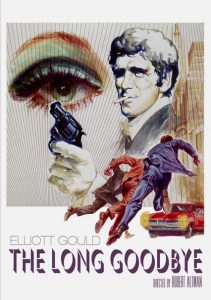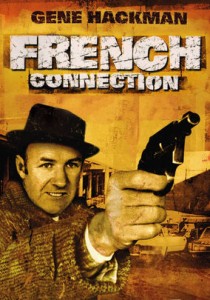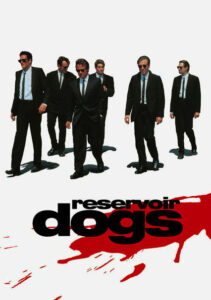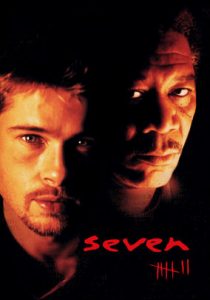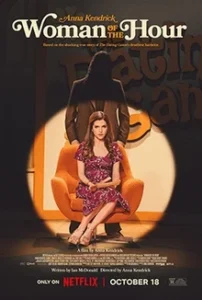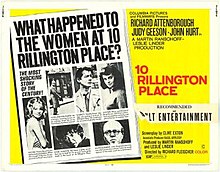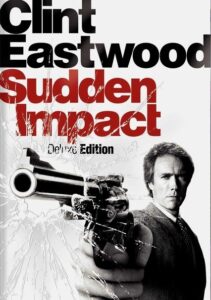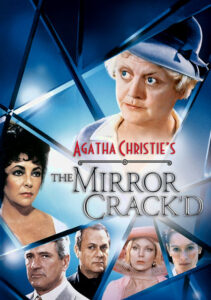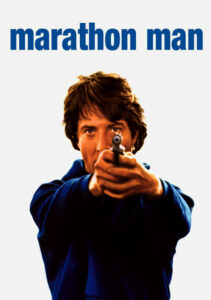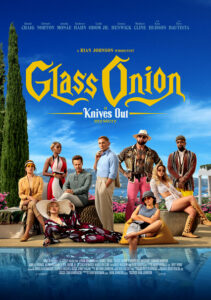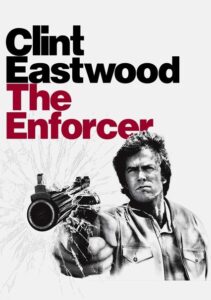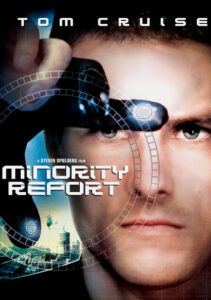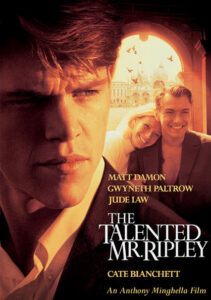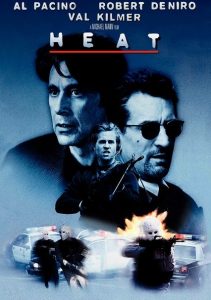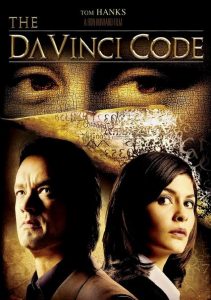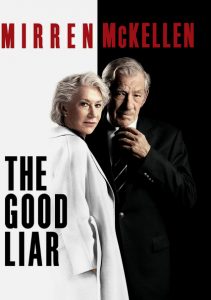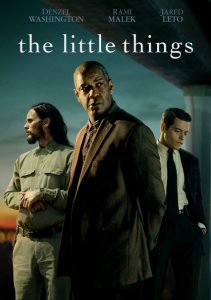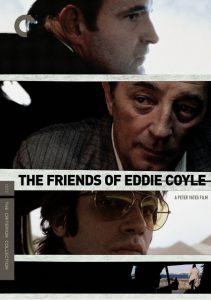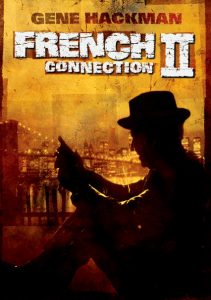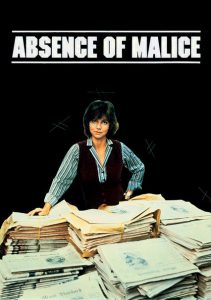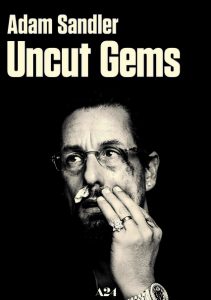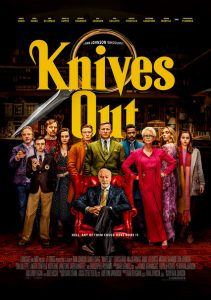One Battle After Another-2025
Director Paul Thomas Anderson
Starring Leonardo DiCaprio, Sean Penn, Chase Infiniti
Scott’s Review #1,497
Reviewed October 20, 2025
Grade: A
In my opinion, one of the modern great directors, Paul Thomas Anderson has released One Battle After Another (2025), a film rich with thrills and relevance. Sought to be made for years, the film is inspired by the 1990 novel Vineland by Thomas Pynchon with some narratives by Anderson peppered in.
Undoubtedly, Anderson was influenced by the current state of the United States in terms of immigration issues and tyrancy in the ICE (United States Immigration and Customs Enforcement) organization.
While immigration is not a new hot button issue, the inhumanity heaved onto ‘illegal immigrants’ and some US citizens is current as well as powerful.
Additionally, a frightening tone of racism and ‘white power’ is an underlying theme of the film contrasting covert hatred by a group of white supremisists with the humanity of revolutionaries who attack the political system.
Therefore, the film has an overwhelming modern feel.
Otherwise, the breakneck twists and turns and action make One Battle After Another the crown jewel in storytelling fun and an Anderson offering that could easily be added to his top 5 of all time.
Events follow an ex-revolutionary explosive device expert, “Ghetto” Pat Calhoun / “Rocketman” / Bob Ferguson (Leonardo DiCaprio) who is forced back into his former combative lifestyle when a corrupt military officer pursues him and his daughter.
With new identies, they had assumed they could live a peaceful life of tranquility but they were in for a rude awakening.
Set in present times, the film begins fifteen years before events later in the story but with a clear linkage. This ensures the audience is invested in the characters especially in the latter half as we get to know them better.
While DiCaprio can never deliver a bad performance and firmly grips the lead role as the intelligent yet comically clumbsy Bob, other actors shine making One Battle After Another an ensemble piece dripping with award worthy performances and hefty accolades.
DiCaprio improvises his way through the script with stutters and stammering enveloping his character with endearing qualities like forgetting a vital password or falling off a roof. Nonetheless, he possesses sentimenal and introspective moments towards his life and teenaged daughter, Willa Ferguson / Charlene Calhoun, played by Chase Infiniti.
Infiniti is tremendous in what is her breakout role playing a mixed race girl attempting to lead an everyday life while having to pay for the crimes and mistakes of her parents.
Playing confident, yet scared and vulnerable, Infiniti is quite the find. Is she destined to follow in her parents footsteps?
Teyana Taylor is brutally talented as she plays Perfidia Beverly Hills, a tough as nails, take no prisoner, kick ass young woman known to tease and humiliate her prey strictly for laughs.
Regina Hall and Benicio del Toro leverage their kind hearted and supportive characters with emotional flare and some needed humor especially on the part of del Toro.
The standout, however is Sean Penn. Giving a bravura performance as the hated and racist Colonel Steven J. Lockjaw, a military officer who pursues the French 75, he sneers and pouts, never playing the character over the top or for laughs.
He truly believes he comes from a superior race while bedding the women he despises.
A three-way highway car chase scene nearly rivals classic sequences in The French Connection (1971) and The Getaway (1972). As three separate drivers points of views are featured along a hilly highway with deadly results the audience is treated to rear view mirror and reaction shots.
I honestly did not know what would happen next and was delighted at the outcome.
Hopefully, as the years go by One Battle After Another (2025) will be remembered for embracing different genres and delivering a powerhouse final product. With great acting, editing, storytelling, and action the film has got it all.
Add in a timely message and you’ve got yourself a gem.

